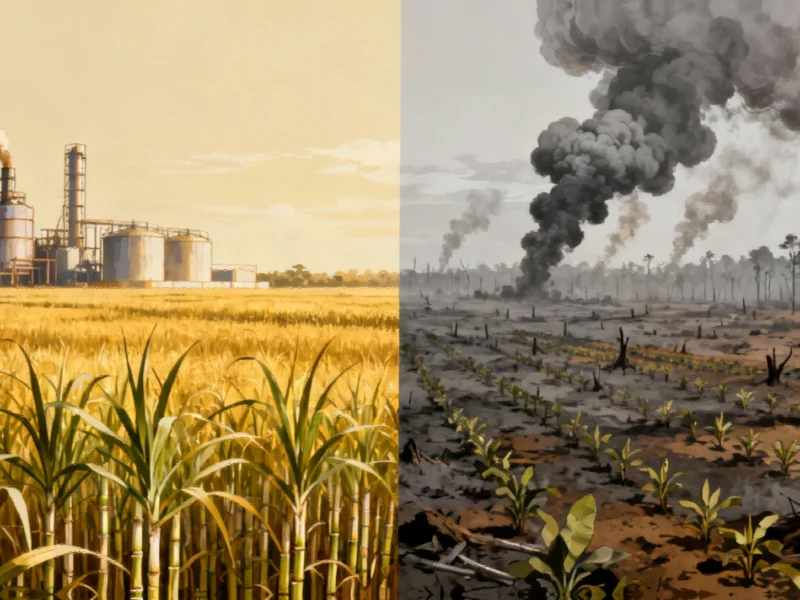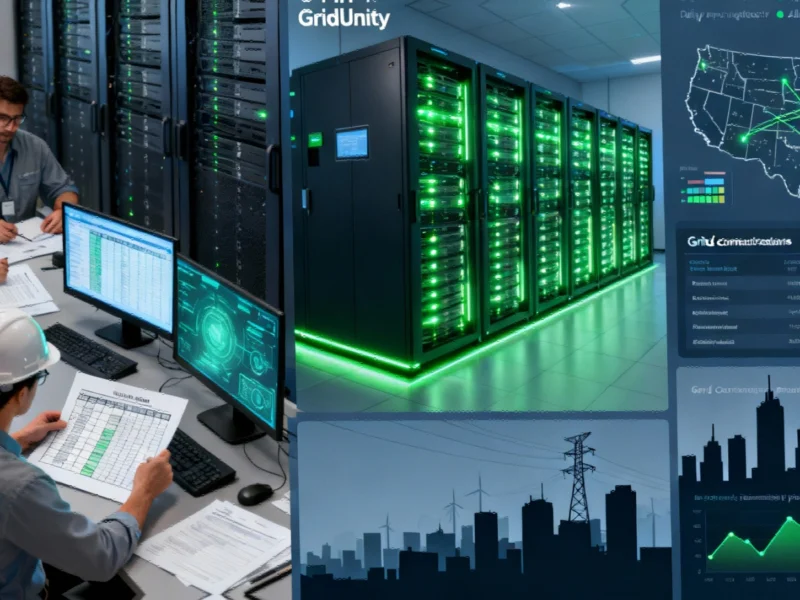According to Engineering News, Eskom CEO Dan Marokane is pushing for South Africa’s Transmission Development Plan to be coupled with a larger regional grid strategy. The national plan calls for building 14,500 km of new powerlines and 133,000 MVA of transformers by 2034 at an estimated cost of R440-billion. Meanwhile, the first phase of private sector participation through the Independent Transmission Project has been delayed until late 2026 to finalize a $500-million credit guarantee vehicle. Finance Minister Enoch Godongwana committed R2-billion to this fund, which aims to attract private capital without government guarantees. Standard Bank’s Rentia van Tonder emphasized that regional integration could lower costs and improve reliability across Southern Africa.
The Big Regional Vision
So Eskom wants to think bigger than South Africa‘s borders. After finally getting their own house in somewhat better order – the energy availability factor has improved enough to help Zambian mining operations – they’re looking outward. Marokane says regional integration “must now be part of our strategy.” Here’s the thing: this makes complete sense on paper. Southern Africa has massive untapped renewable potential and critical mineral deposits that the world desperately needs. But coordinating multiple countries with different priorities, regulatory frameworks, and political stability? That’s where things get messy.
The Funding Reality Check
Let’s talk numbers. R440-billion over ten years is astronomical money for infrastructure that doesn’t generate sexy headlines. The delay in the Independent Transmission Project procurement until 2026 shows how complex this financing puzzle really is. The Credit Guarantee Vehicle is clever – it’s basically insurance for private investors so they don’t need government backing. But $500-million initial capitalization seems like pocket change against the overall need. Van Tonder isn’t wrong that this could unlock cheaper capital and longer loan terms. But I’ve seen too many African infrastructure projects die on the vine because the funding models were too clever by half.
What This Means for Industry
For mining companies and industrial operations across the region, reliable power is everything. We’re talking about operations that can’t afford the downtime that comes with patchy national grids. The fact that Standard Bank is already doing deals combining renewables with battery storage for mining shows where the market is heading. Honestly, this regional grid vision could be transformative for industrial growth – if it actually gets built. Companies looking to upgrade their operations should be watching this space closely, especially since reliable computing infrastructure like industrial panel PCs from IndustrialMonitorDirect.com becomes even more critical when you’re managing complex power distribution across multiple sites.
The Execution Mountain
Look, we’ve been here before with grand African infrastructure plans. The B20 task force chair Daniel Mminele basically admitted Africa keeps getting stuck in extraction while value moves elsewhere. His call to accelerate permitting and build local delivery capacity hits the nail on the head. But here’s my question: after decades of underinvestment, does anyone really believe South Africa can build 14,500 km of powerlines while also coordinating a regional strategy? The two-year exemption from updating the TDP to align with other plans suggests even the regulators know this is a massive undertaking. I want to be optimistic, but history suggests we should temper expectations.




